Sometimes learning can feel like this:

You feel focused, alert, and excited about what you are learning.
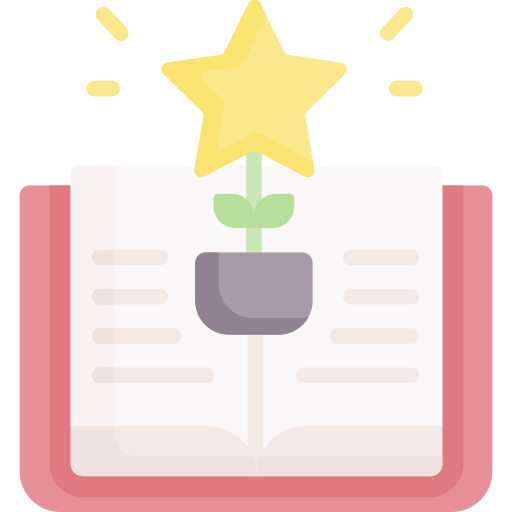
Other times, it feels more like this:
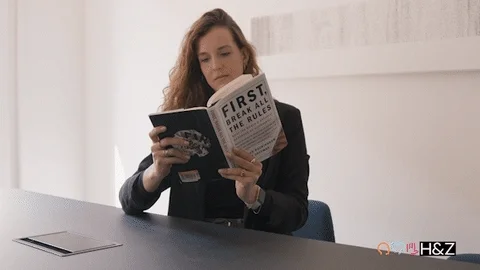 You feel mentally unfocused, physically tired, and you can't stop thinking about other things you'd rather be doing.
You feel mentally unfocused, physically tired, and you can't stop thinking about other things you'd rather be doing.
To maintain focus and energy, consider these 5 techniques to help activate your learning.
1. The Pomorodo Technique
Pomodoro divides time into 25-minute chunks to improve focus and concentration. Here's how it works:
Choose a task
Set a timer for 25 minutes
Spend that time on the one task
When the timer goes off, take a 5-minute break
Repeat the cycle 4 times, then take a 30-minute break
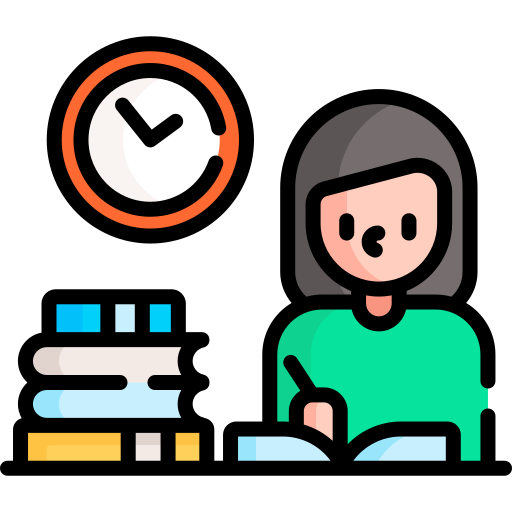
Only do one thing during the 25-minute chunks. For example, don't stop to check your email or texts.
During breaks, try moving away from your desk and screen.

Pomodoro is great for creative thinkers and those who feel burnout from work/school.
Want to use Pomodoro to help you learn better? Check out this Byte for some Pomodoro task management tips! 👈
2. The Flowtime Technique
Also called Flowmodoro, this technique is about getting absorbed in a task. For this approach:
Decide on a task
Completely focus on the task without interruptions
When you feel tired or distracted, stop and take a break
Return to the task until complete

Getting in a flow state isn't always easy. The idea is to practice getting fully absorbed in what you're learning and exercise it like a muscle.
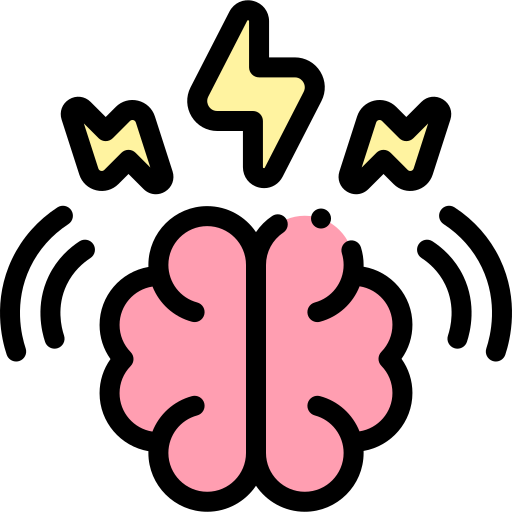
The Flowtime technique is best for people who prefer less structure and who can maintain focus for long periods.
Want to learn more about flow states? Check out this Byte on how to find your flow! 👈
3. The Eisenhower Matrix
This approach can be used to organize your learning into 4 categories: DO, DECIDE, DELEGATE, and DELETE.

List urgent tasks in the DO column to prioritize your time
Then add a few things you can DECIDE on later
Next, DELEGATE part of your learning by listing questions you can ask teachers, mentors, or friends
Finally, write down what you can DELETE to make space for what's in the DO column

The Eisenhower Matrix is best for critical thinkers and people in leadership positions.
Interested in learning more about each of the 4 categories? Then check out this Byte on how to use the Eisenhower Matrix! 👈
4. Time-Blocking Method
To maximize productivity, try this method to systematically organize your day:
Make a chart that lists each hour of the day
Assign an activity for each hour (include things like "have lunch")
Allow for flexibility but try to stick to the plan
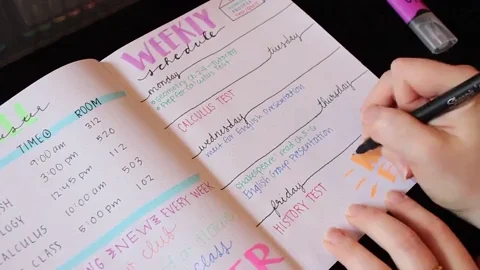
By estimating how long a task takes to complete, you can be more intentional with how you spend your time. This can help you focus on your learning goals!
 This method is best for analytic thinkers and working students and parents.
This method is best for analytic thinkers and working students and parents.
To apply the time-blocking method to your learning schedule, check out this Byte for time-blocking tips! 👈
5. Getting Things Done (GTD) Method
Author David Allen created this method to get things out of your head and organized on paper. This approach can help de-clutter your mind and improve learning.
There are 5 steps:
Capture thoughts & ideas related to your learning in a list
Process what you've captured into concrete action steps
Organize action steps by levels of priority
Adjust as you complete things and add others
Get to work on what's most important!
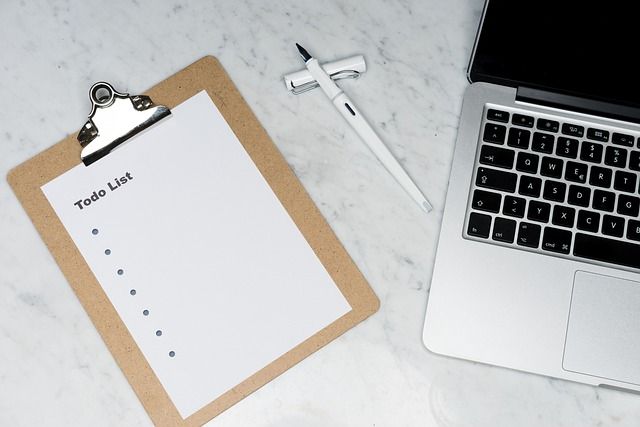
GTD is great for people who feel overwhelmed or who struggle to focus on one thing at a time.
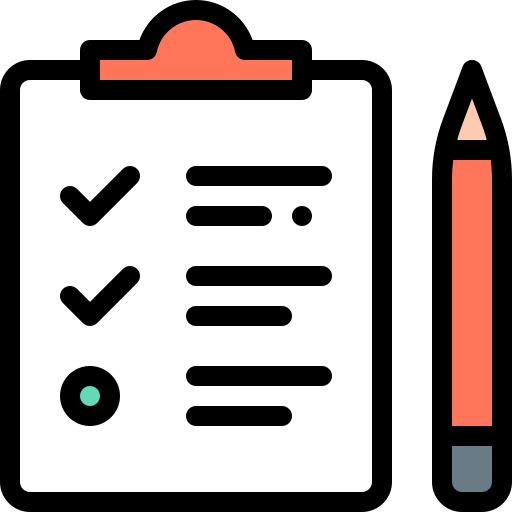
Want to use the GTD method to be more productive with your learning schedule? Check out this Byte for GTD strategies! 👈
Quiz
 Meet Angela. She is a creative individual trying to learn a new skill.
Meet Angela. She is a creative individual trying to learn a new skill.
She likes working in short spurts to focus on one thing and then taking making a cup of tea or taking a walk around the block.
Quiz
Which of these approaches to activate learning might be best for Angela to try out?
Take Action
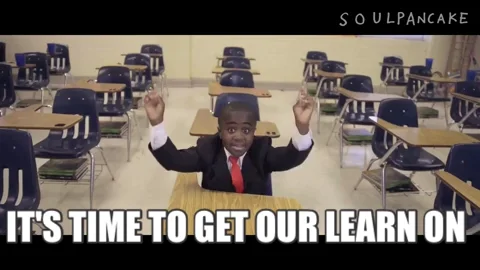
Your feedback matters to us.
This Byte helped me better understand the topic.
